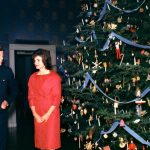Christmas lights form a considerable part of celebrations, but who got the bright idea to stick lights on a tree? The history of Christmas lights is entangled with the history of lights themselves. However, Thomas Edison didn’t come up with the idea. Let’s look at how Christmas lights became the phenomena we know today.
The Traditional Tree Existed For Years
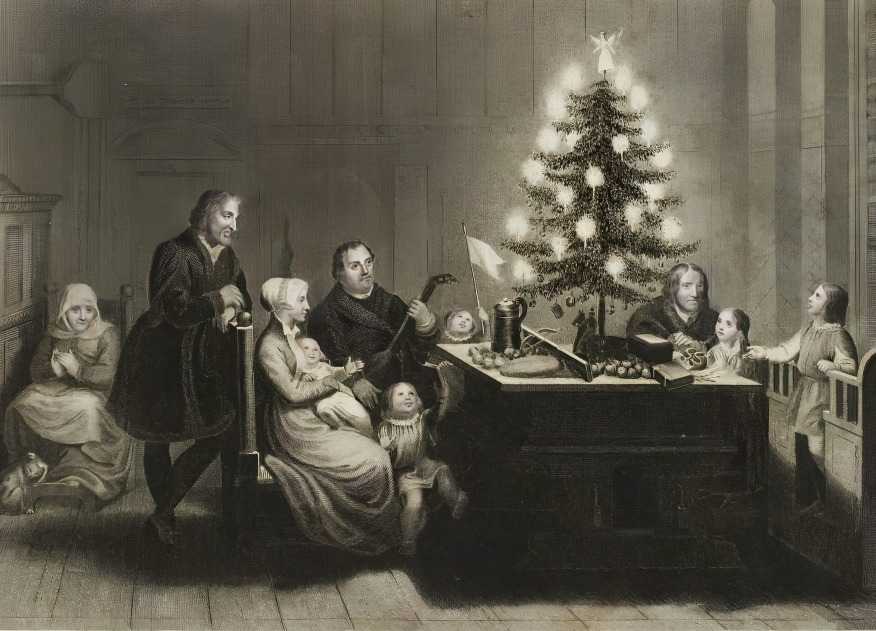
The Christmas tree predates a lot of the celebration aspects of the season. It comes from the Baltic region in Central Europe. By the time the nineteenth century had rolled around, it was already a fixture in the parlors of families as a Christmas decoration.
The tree would typically have candles placed on it to light it and the area around it. The candles were a fire hazard, however, and they only remained lit for as long as it took to admire the tree. Leaving it any longer than that would be irresponsible.
Innovations In The Nineteenth Century
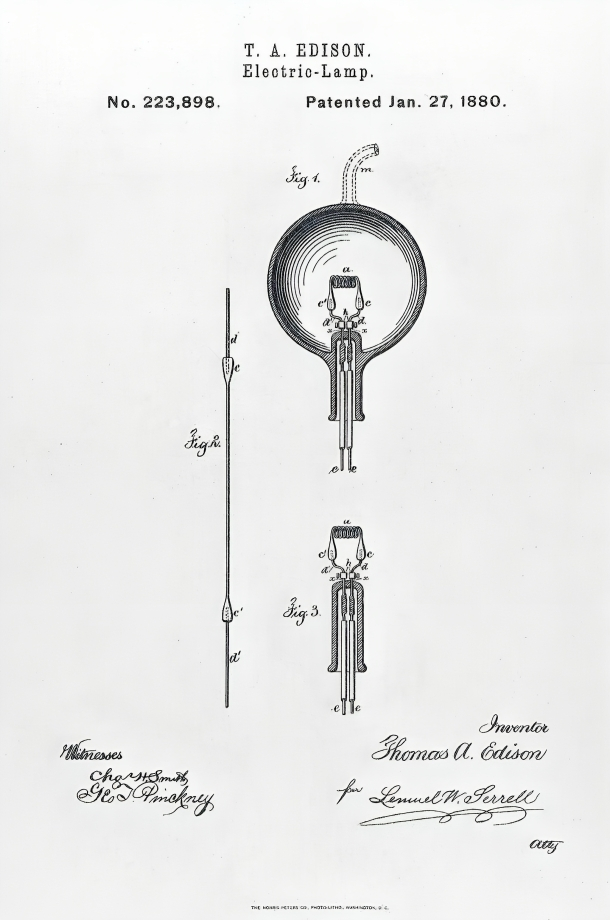
With the march of technology speeding up, the nineteenth century saw experimentation with lighting and electricity, the likes of which had never been seen before. Leading the charge for electricity was none other than Thomas Edison, but one of his investors was about to stumble upon a brilliant opportunity.
Edward Hibberd Johnson lived in New York City, and in 1882, he had the brilliant idea to replace the flickering fire hazards of candles with something much safer. Edison, of course, knew Johnson from their first job together at the Automatic Telegraph Company.
Johnson and Edison Partner Up
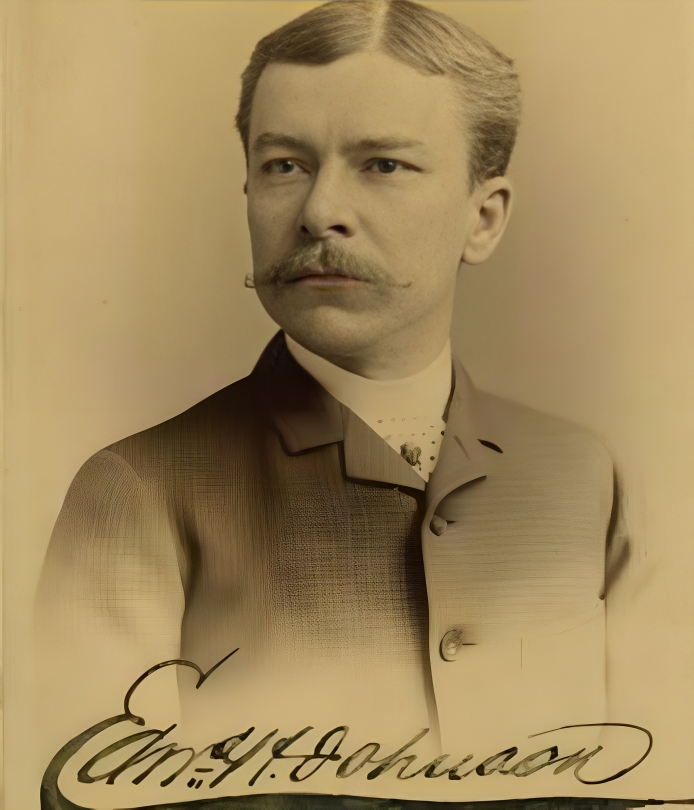
Edison was responsible for the Automatic Telegraph Company hiring Johnson, and when Edison left to found his own company, Johnson did as well. When Edison invented the phonograph, Johnson paraded around the US and charged people to listen to it to drum up excitement.
Johnson was also an early investor in the Edison Lamp Company, which sold lightbulbs. Yet, at this time, no one was sure what a lightbulb was worth. In this atmosphere, Johnson developed what would turn out to be the defining moment for connoisseurs of Christmas decor everywhere.
Hatching a Plan To Attract Attention
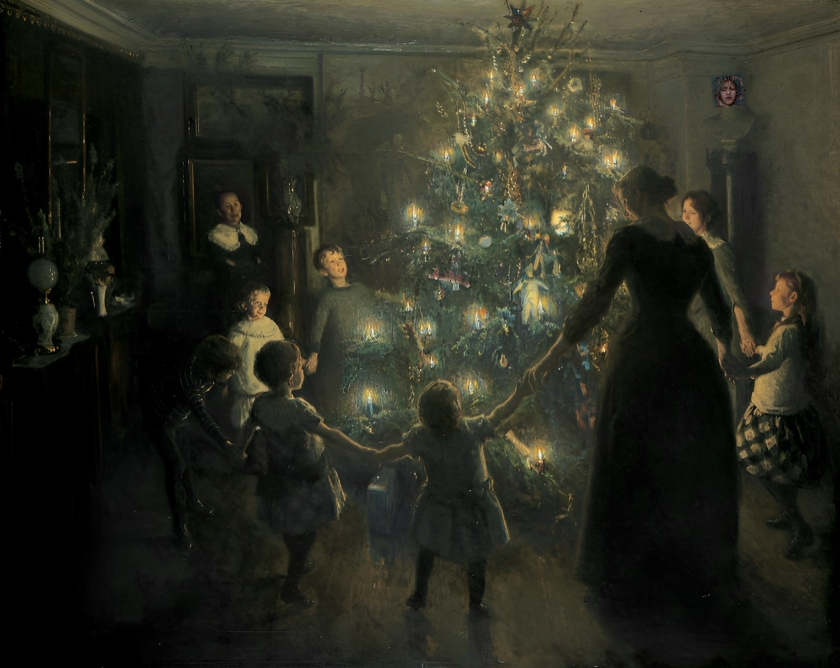
Johnson knew that trees with candles on them would cause fires. He also knew that electric bulbs were far less likely to burn down a house. So, he thought, why not combine the safety of the electric lights and replace the candles? It seemed simple enough at the time.
He collected eighty red, white, and blue bulbs (the colors of American independence) and hand-wired them together. He set up a tree by the side street window of his parlor, strung the lights out around the tree, and then plugged them in to light them up.
The Press Goes Wild
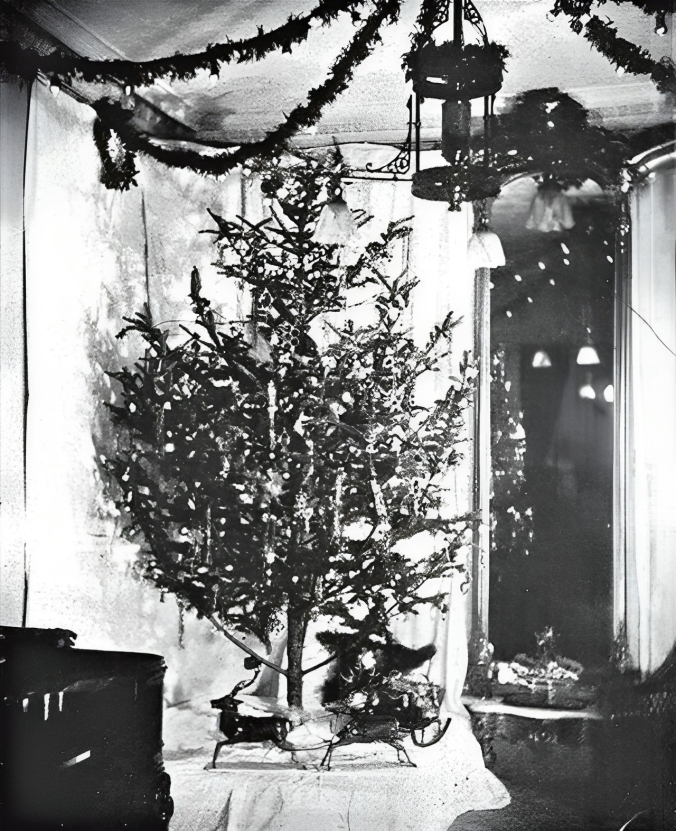
Johnson called in a reporter to witness the momentous occasion. He knew that if he could get the press to bite, he would be well on his way to letting everyone know what he’d done. W. A. Croffut from the Detroit Post and Tribune was the writer on the scene, and he was blown away by the wonder.
“At the rear of the beautiful parlors was a large Christmas tree presenting a most picturesque and uncanny aspect,” the writer recorded. “It was brilliantly lighted with…eighty lights in all encased in these dainty glass eggs, and about equally divided between white, red and blue…One can hardly imagine anything prettier.”
An Idea Ahead Of Its Time

As stunning as it was, Johnson’s idea didn’t have the widespread appeal that Christmas lights do today. For one thing, electricity was so expensive that only the very rich could afford to have regular lights in their houses, much less dozens of Christmas lights.
The lights themselves were also expensive. A string of sixteen bulbs that had a vaguely flame shape would set back a buyer $12, which is around $350 in today’s money. Can you imagine paying that amount for a few colored bulbs while the electricity to run them might be worth the same amount per night?
Eventually, Affordability Reaches the Masses

The lights remained a novelty until President Cleveland erected a Christmas tree at the White House in 1894. This single event raised the profile of Christmas lights and led to prices tumbling. In 1914, a 16-foot string of lights was a mere $1.75, about $54 in today’s cash.
Electricity also reached the masses, making putting up and running Christmas lights more cost-effective. While there might have been a few stragglers still holding onto the traditional candles on trees, most people agreed that electric lights were far safer and better for illuminating their centerpieces.
Public Reluctance And Safety Considerations

Electricity took a long time to get as safe as it is today. In the early 20th century, electricity was still scarcely understood, and most people did their house wiring themselves. This, of course, resulted in many electrocutions because of carelessness. Christmas lights were also a bit more dangerous.
In 1917, a fire caused by the lights curbed people’s enthusiasm. In that same year, Albert Sadacca developed a safer method for running Christmas lights, ensuring that fires were less likely. His company, National Outfit Manufacturers Association (NOMA), opened the floodgates for retail light sales.
Safe Outdoor Light Bulbs Promotes Displays
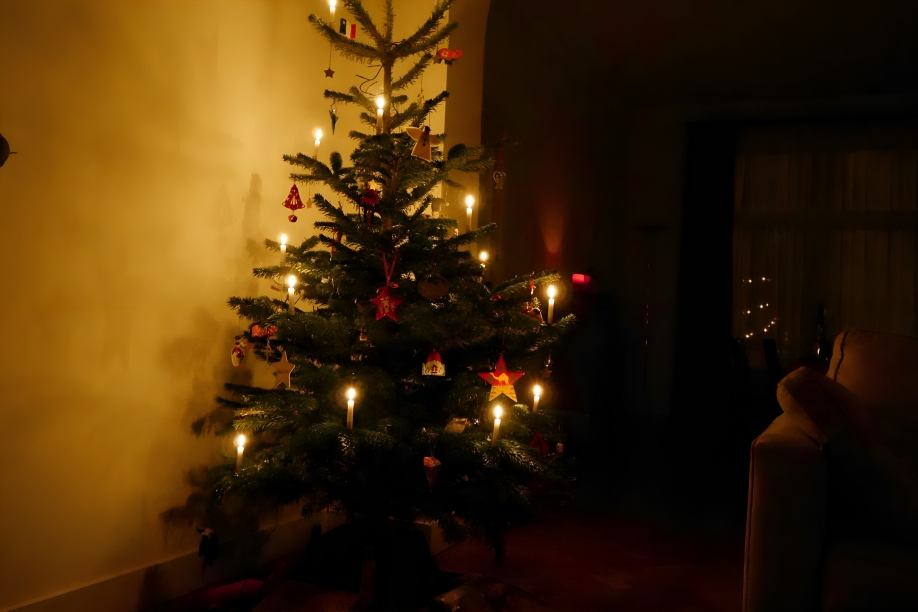
Until the late 1920s, Christmas lights were built specifically for indoor use. The materials were not meant to withstand the cold of winter. The thought of using them for an outdoor display was ridiculous. However, in late 1927, outdoor bulbs started being manufactured, and they changed the game.
Now, people could light up their garages, roofs, and any number of other things they wanted. The breathtaking Christmas displays that adorn houses in many residential neighborhoods today would not be possible without this innovation in Christmas lighting. It boosted spirits during the Great Depression and continues to do so to this day.
Today’s Christmas Lights

On average, around 150 million light sets are sold annually in the US. That’s not counting the hundreds of thousands of recycled light sets that are pulled out of attics and basements for reuse every year. They also consume as much as 6% of the electricity load each December and are no longer just used for trees.
Whether you use them for a tree, on your house (or even on your car), there’s no denying that Christmas lights are a spectacle. It’s strange to think they’ve been around for over a hundred years, yet in that time, they’ve changed the face of Christmas forever.



